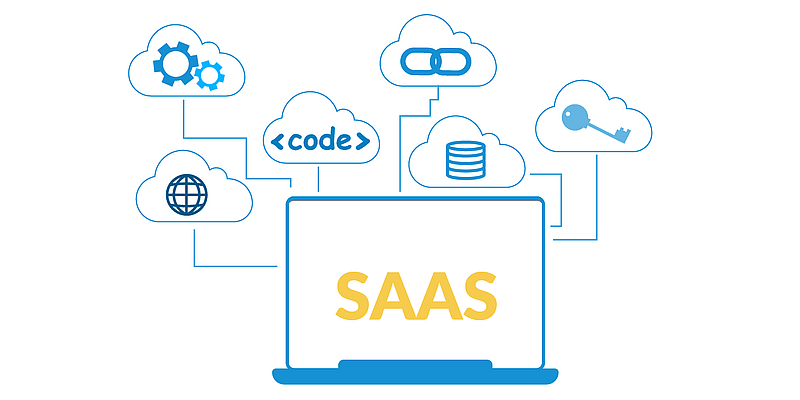The Software-as-a-Service (SaaS) business is reaching its zenith, and those who are into this business have reached the unicorn stage in just a couple of months.
Though everyone seems to touch the pedestal of success and fame, it has raised a possible question, too: How rapid is rapid enough?
An extremely fast business, SaaS has completely altered the game. Companies can no longer use traditional growth strategies since this new-age disruption necessitates an all-encompassing holistic strategy, including company changes, dedication to procedures, methodologies, and everything in between.
What is SaaS growth?
SaaS growth is a technique to determine how quickly SaaS is expanding, which can be measured using numerous indicators such as pirate parameters that assigns specific metrics to each step of the user experience, including acquisition, initiation, persistence, referral, or monetisation.
To enable your SaaS business for hyper-growth, your software must be scalable at all times. And the timing is perfect.
Here are a few points to keep in mind while equipping your business with SaaS technology:
Assigning proper personnel to departments
The majority of companies begin their businesses funded, sprinting through every activity and holding a variety of positions. To grow, you must set up separate business processes and people.
From engineering to business operations to finance, IT services, marketing, and HR—every department requires competent employees to establish procedures, define goals, and identify ownership.
Embracing goal-setting frameworks such as objectives and key results (OKRs) and prioritising them will promote transparent goal formulation and tracking. Further, the founding team should be accountable, have a high sense of urgency, and responsibly define and implement processes in a disciplined manner.
Creating solid organisational structure
It becomes more challenging and complex when SaaS startups strive to achieve hyper-growth by managing product decisions, prioritising feature releases, and establishing feedback loops to monitor a product and its related services.
At this stage, the key pillars for success are adopting and internalising frameworks and tools for decision-making, tracking, measuring progress, setting up business operations or IT governance team, acquiring internal systems to maximise flexibility to scale, aligning the business model to the OKRs, and adopting the right processes, software, and practices.
Retaining employees
The hustling mode is appropriate for an early-stage startup, but for a growth-stage company, providing employees stability by engaging them is critical.
Through continuous sensitisation and training, businesses can strike the correct balance between employee stability and the company’s growing culture.
Scrutinise strategies
The hyper-growth performance of early-stage SaaS startups is dependent on the organisation’s go-to-market strategy and business model.
If possible, companies should pursue product-led growth as they can sustain growth for a long time rather than sales or marketing-led growth, where they have to rely on the sales department.
Positioning workers up to succeed
To see your company grow, hire personnel who are well-versed in their requisite work domain.
Set your staff up for success by focusing on their constant learning, developing skills, and growth. Allow them to experiment and fail.
Establish distinct progression routes as the company expands and provide them with appealing pay and benefits. Further, take your new employees along with the older ones, so they don’t feel left out in the team.
Product investment
A hyper-growth SaaS business must iterate its product with time to keep up with the market’s ever-shifting needs. However, keep your product stable and functional once you have reached a specific segment of customers to continue to meet their needs.
The best way to add more features to an existing product is to break it down into microservices.
If a product reaches a point where customers start to find reasonable traction, it should be determined by a roadmap for decomposing microservices.
Conclusion
It may be difficult for founders to plan for many variables amid a startup’s rapid expansion. A SaaS business needs to continuously build new features and innovate, especially during the hyper-growth phase. It also needs to balance financial viability with scalability.
Keep the above points into consideration while thinking of taking your business to new heights, and you won’t have to struggle anymore.
(Disclaimer: The views and opinions expressed in this article are those of the author and do not necessarily reflect the views of YS.)









